by Ryan H. Flax, Esq.
(Former) Managing Director, Litigation Consulting
A2L Consulting
So, you’ve made the time, effort, and budget commitment to conduct a mock jury exercise to test your case before trial. In my opinion and in the opinion of almost every litigator I’ve worked with, all this time and effort is generally well spent. But if you fail to get the right feedback from your mock jurors, you’ve wasted your time and resources.
What is that “right” feedback and how do you get it? Your jury consultant should lead the way in this regard (ours has a Ph.D. in psychology and over 30 years’ experience), but the feedback you’re looking for relates primarily to whether the jurors felt they understood your case, accepted your “story,” and trusted your theme – and WHY. If they did and the evidence made sense to them in relation to each of these aspects of your presentation, you’ve likely got a winner, all things being equal.
An important aspect of your case and how it was presented to the mock jurors is your demonstrative evidence and litigation graphics. These will likewise play a key role in your actual trial and its success. It’s important to test the graphics you intend to use or are considering using at trial with your mock jurors. These graphics will have been carefully, professionally designed to track your mock “clopening” (a contraction of opening and closing) argument and should highlight the important themes, storylines, evidence, and expected testimony of your case. Here are seven essential questions you must ask your mock jurors about your litigation graphics:
1. Why Did The Jury Reach The Outcome It Reached?
This is really why you’re there and, on its face, this question does not sound specifically focused on graphics, but it is. Jury research, if done correctly, can provide critical insight into how your real jury will react to key evidence and arguments at trial and can provide guidance on how you can be most persuasive at trial. Part of being as persuasive as you can be is fine-tuning the visual presentation that must accompany your opening and closing statements and probably your expert witness testimony as well.
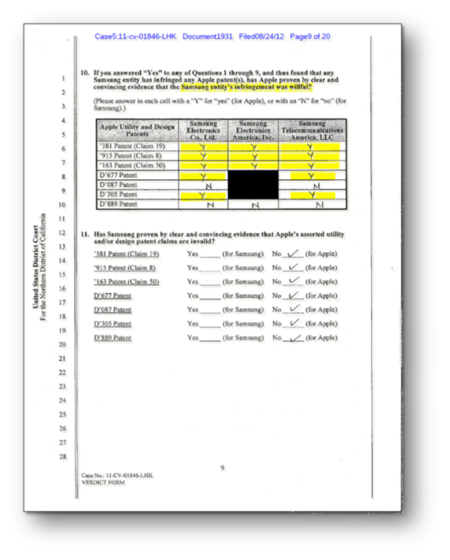 If the jury can boil down its verdict for you or against you to a simple statement, you now know where to go with your trial strategy and can make intelligent decisions about where to focus your efforts in preparing litigation graphics. If there’s a key reason why the mock jury found in your favor, your graphics must tell that story and present those themes when you get to trial. If there’s a key reason why you lost, you need to address it and develop new graphics to head off such “misguided” reasoning.
If the jury can boil down its verdict for you or against you to a simple statement, you now know where to go with your trial strategy and can make intelligent decisions about where to focus your efforts in preparing litigation graphics. If there’s a key reason why the mock jury found in your favor, your graphics must tell that story and present those themes when you get to trial. If there’s a key reason why you lost, you need to address it and develop new graphics to head off such “misguided” reasoning.
It will be in response to this question that you identify whether your theme(s) and storyline(s) made sense to the jury and whether the mock jurors could be sympathetic to your client. If you’re on the right track in these areas, your demonstrative evidence will follow. If there was one (or more) significant graphic that helped solidify your theme and story and helped make up the jurors’ minds, find out about it now. If you’re not on track, your jury research professional and your litigation consultants can help you get on track.
2. What Did The Jury Find Confusing About Your Case?
Jury research is not about the verdict, although that matters a bit, especially to the client. It’s about identifying the strengths and weaknesses of your case, the areas of confusion for the jury, and how key evidence and arguments affect the ultimate verdict. In view of this, it’s very important to find out what the jury found unclear because any confusion about your case is unacceptable -- unless for some odd reason, confusion helps your case. Usually, simplicity goes further to help you win than confusion, and clear graphics yield clarity.
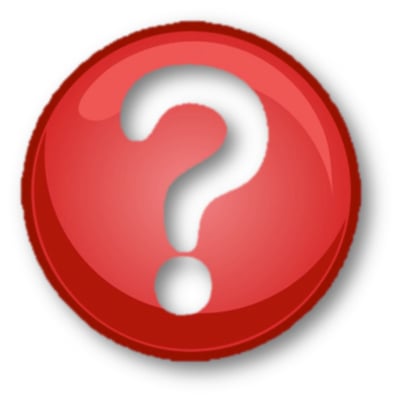 To the trial team handling a case, the facts and argument are usually very clear. “If I explain the issues to the jury, based on this evidence, they’ll have to find for my client,” says the typical counsel who’s lived and breathed his or her case for months or years on end. However, this group of total strangers, whom you’ll have to teach everything about your case over the course of an hour or so, may not react as you’d expect.
To the trial team handling a case, the facts and argument are usually very clear. “If I explain the issues to the jury, based on this evidence, they’ll have to find for my client,” says the typical counsel who’s lived and breathed his or her case for months or years on end. However, this group of total strangers, whom you’ll have to teach everything about your case over the course of an hour or so, may not react as you’d expect.
If your mock jury found something you said -- a sequence of events, a piece of evidence, a theme, a storyline, a conclusion, an argument, or anything presented to them about your case – to be confusing, you need to know. Because the mock exercise is so condensed, it’s likely that whatever you say and present to the mock jury is something important.
You cannot, CANNOT, allow something to remain unclear in your presentation when you move on to preparing for the real trial.
If something has confused the mock jurors, you must either drop it from your case or change the way you present it to make it clear, understandable, and persuasive. Implementing appropriate graphics are essential to the latter option. A focused visual presentation to clarify your important points is a key to your success a trial (as fake Mark Twain says above).
Research shows that an immersive trial presentation -- that is, one where the attorney always provides a visual to accompany his oral argument or a witness’s testimony -- is the most effective style with jurors (as opposed to, e.g., no graphics or sporadic graphics). Jurors exposed to the immersion technique find the information presented more important, pay more attention, and retain more information. Thus you must have clear and supportive graphics to make your opening and closing statements, and expert testimony all they can (and must) be.
3. What Do the Jurors Remember Most Vividly About Your And Your Opposition’s Cases?
Did the mock jury get from your presentation what you wanted them to get out of it? Did they get out of it what you expected them to get out of it? Maybe so or maybe not. This is why you conduct the research.
Ask your jurors what most struck them about your presentation and your opponent’s presentation. Ask them what they most clearly remember from each case. Their answers to these questions will tell you what you were doing right. If what they say does not fit with your expectations going into the exercise, you also know where you’ve gone wrong and where your opposition’s strengths lie. You will have found out what your real jury will likely find most interesting about the case.
The answers to these questions will also likely inform you about what graphics were most effective because it is a combination of your argument and the accompanying visuals that affect the jurors. You will find out what graphical subject matter and/or graphics style worked best, and then you can follow up by using this information to create more graphics like those that worked and fewer like those that did not.
4. What Litigation Graphics Did The Jurors Think Were The Best?
Just come right out and ask it. This is what you want to know, so see what they think was the best. But, more important, find out why they think that so you can do more like it.
Likewise, what did the jurors hate? What did they find not helpful, or worse, distracting or detracting?
These are essentials for you to know leaving the mock exercise.
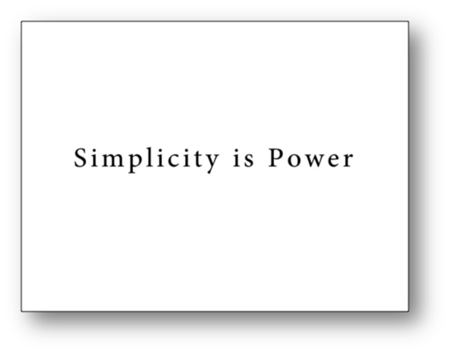 5. How Can The Litigation Graphics Be Made Simpler And Less Confusing?
5. How Can The Litigation Graphics Be Made Simpler And Less Confusing?
You want to find out what information has been included in your graphics that’s just too much. What information do the jurors find extraneous?
The goal of each graphic is to present a single thought – something that can be expressed in a terse phrase or sentence and makes some strong point for your case. If your graphics are unnecessarily complicated, they’re making your jurors think too hard and are detracting from your persuasiveness.
Good graphics do not distract your audience from what you are saying. Great graphics solidify your point in a clear and emotion-evoking way.
6. Considering The Litigation Graphics Alone, What Themes Did They Convey?
In any trial, counsel must tell a story to be persuasive. You must use your case themes in opening and closing, and they should be apparent from the accompanying graphics. It is important that the mock jurors understand the themes and internalize them. You want the stronger jurors parroting your themes during deliberation, so make sure they fully understand them.
In addition to seeing if your graphics convey themes at all, you can also test alternative themes to see which will resonate with the mock jurors. Perhaps some are too complicated to be conveyed properly, while others are so elementary that they might turn off jurors as seeming condescending. The mock exercise is the place to test these concepts.
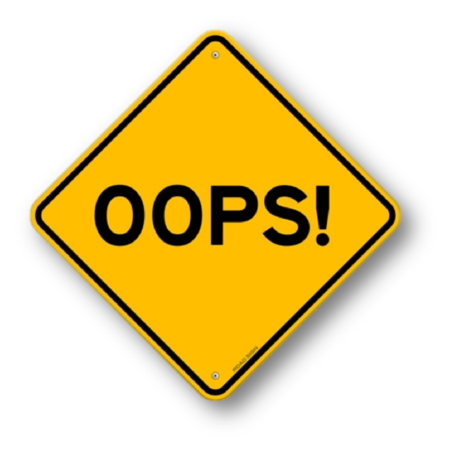 7. What Litigation Graphics Were Missing, But Needed?
7. What Litigation Graphics Were Missing, But Needed?
Your mock jurors will likely have some thoughts on where they needed more visual help in understanding evidence or arguments. Ask the question: what graphics did you want to see, but didn’t? Was there some subject matter that should have been presented in a chart or other graphic form, but was not?
Anything they were confused about fits this category, even if they don’t identify it themselves. If they do identify a gap in visuals, fix the omission if you want to or need to make the respective points at trial.
So, now that you’ve got all this in your head – how do you ask these questions of your mock jurors? The best way is a two-step approach. First, include these (or analogous) questions in a written questionnaire – you may use more than one questionnaire during your mock exercise (e.g., one pre-argument, one after each respective argument, one immediately following the conclusion of all argument and pre-deliberation, and one post-deliberation), but these questions should be included in a post-argument and pre-deliberation questionnaire so that you get each mock juror’s thoughts, uninfluenced by others’. It is also advisable for your litigation consultant (who was likely responsible for crafting your mock graphics) to follow up with the mock jurors to discuss the questions about graphics after they’ve finished with deliberations.
As another suggestion, provide the mock jurors printed copies of the graphics used during the exercise and encourage them to use them during their deliberations and to make notes directly on them. This will provide you a wealth of information. It will show you, in no uncertain terms, which graphics were the most useful and important to the oral presentation. If a juror uses a graphic during deliberations to express a point or support his reasoning for voting a certain way, you’ve really learned something. Furthermore, if you encourage the mock jurors to make notes, not just relating to their decision making, but relating to the graphics themselves, the jurors might just show you exactly what works and what doesn’t and why.
I’ve read a lot of articles on the subject of jury research and mock jury exercises and none of them offer the fundamental information provided above. However, such articles do consistently point out that mock jury exercises should be used to test and vet litigation graphics, although they tend to do so in a very general statement on the subject. My intent in publishing this article is to give you a solid foundation upon which you can build a plan for jury research and to set your expectations high enough for your jury research professional.
Related articles and resources on A2L Consulting's site about mock trials, jury/trial consulting and litigation graphics:
- 10 Things Every Mock Jury Ever Has Said
- 11 Surprising Places A2L is Using Mock Exercises
- 12 Tips for Great Mock Trials and Jury Testing
- 13 Changes Coming Soon to Jury & Trial Consulting
- Sample 1 year before trial preparation calendar including mock trials
- A2L Consulting voted #1 Jury Consulting Firm by LegalTimes readers


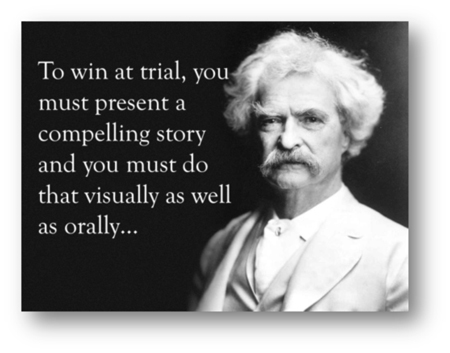




Leave a Comment